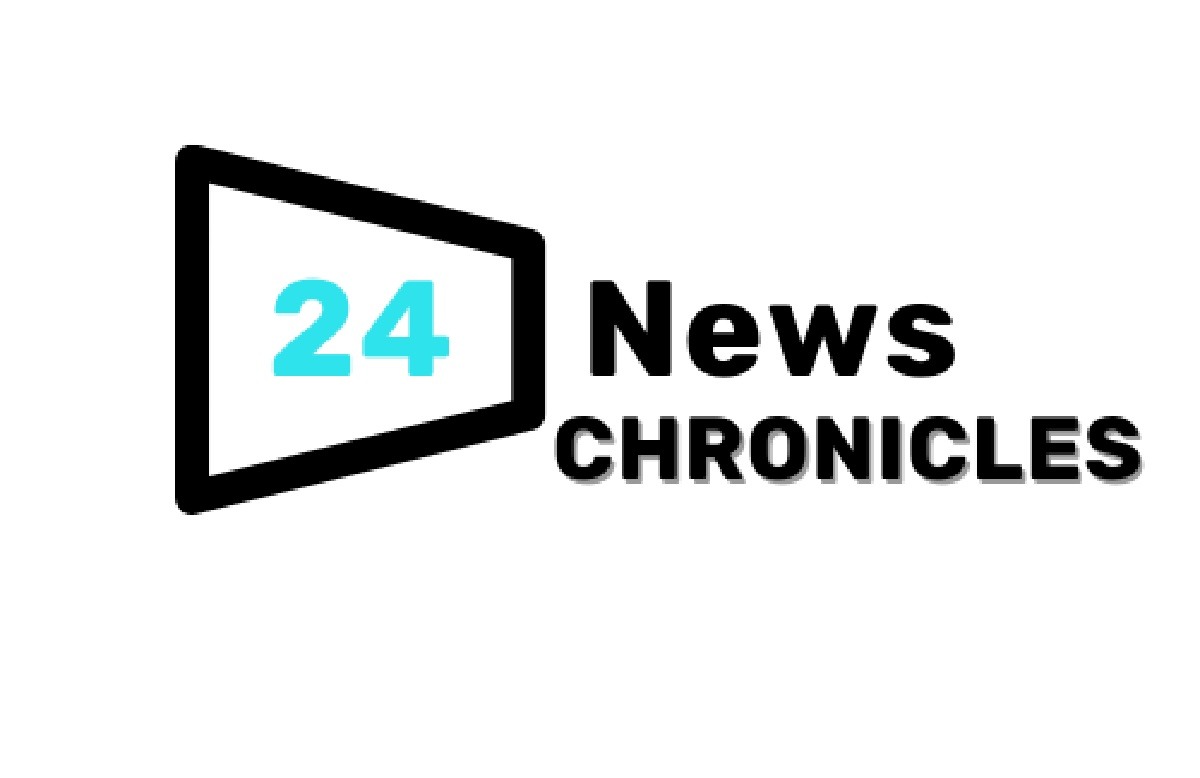Cleaning, a mundane and essential task in our daily lives, has witnessed a remarkable transformation over the years. With technological advancements and the growing focus on sustainability, the cleaning industry has embraced innovation in cleaning like never before. In this blog post, we will explore the exciting world of cleaning innovations that are revolutionizing the way we maintain clean and healthy spaces.
Smart Cleaning Devices
In recent years, the cleaning industry has seen a surge in smart cleaning devices. These devices are equipped with advanced sensors and technology to make cleaning more efficient and hassle-free. For instance, robotic vacuum cleaners can autonomously navigate and clean your home while you relax or attend to other tasks. They adapt to the layout of your space, ensuring a thorough clean.
Green Cleaning Products
Environmental consciousness has become a driving force in the cleaning industry. As people become more aware of the harmful effects of traditional cleaning chemicals, there is a growing demand for green cleaning products. These products are eco-friendly, non-toxic, and biodegradable, making them safer for both the environment and human health.
UV-C Disinfection
Ultraviolet-C (UV-C) technology has gained popularity in the cleaning industry for its ability to disinfect and kill germs. UV-C light is used in devices that sanitize surfaces, air, and even water. It is highly effective in reducing the risk of infections and maintaining a hygienic environment.
Hydrogen Peroxide-Based Cleaning
Hydrogen peroxide-based cleaning solutions are replacing traditional bleach and chlorine-based cleaners. Hydrogen peroxide is a powerful disinfectant that can kill bacteria, viruses, and mold without the harsh chemicals and fumes associated with other cleaners. This innovation not only improves cleaning efficacy but also reduces health risks.
Internet of Things (IoT) Integration
The Internet of Things (IoT) has entered the cleaning industry, allowing for better monitoring and control of cleaning operations. Smart sensors embedded in cleaning equipment and facilities provide real-time data, enabling more efficient resource allocation and preventive maintenance.
Electrostatic Sprayers
Electrostatic sprayers have become popular for their ability to evenly distribute disinfectants and sanitizers on surfaces. These devices charge the cleaning solution, creating a magnetic effect that attracts the solution to surfaces, ensuring thorough and effective disinfection.
On-Demand Cleaning Services
The rise of on-demand cleaning services has revolutionized the way we access professional cleaning assistance. Apps and websites now allow users to schedule cleaning services with ease, providing flexibility and convenience.
Sustainable Cleaning Practices
Sustainability is at the core of cleaning innovation. From biodegradable cleaning products to eco-friendly packaging, the industry is making strides to reduce its environmental footprint. Companies are also adopting sustainable practices in their operations, such as recycling and minimizing waste.
AI-Powered Cleaning
Artificial intelligence (AI) is being integrated into cleaning processes to optimize scheduling, resource allocation, and predictive maintenance. AI algorithms can analyze data to determine the most efficient cleaning routes and adjust cleaning schedules based on real-time demand.
FAQ
1. What are some of the latest innovations in the cleaning industry?
In recent years, the cleaning industry has seen significant innovations. Some notable advancements include robotic cleaners, smart cleaning systems, and eco-friendly cleaning solutions. These innovations aim to improve efficiency, reduce environmental impact, and enhance the overall cleaning experience.
2. How do robotic cleaners work, and what are their benefits?
Robotic cleaners are autonomous devices designed to clean various surfaces without human intervention. They use sensors and algorithms to navigate and clean spaces efficiently. The benefits include time savings, consistent cleaning quality, and the ability to reach tight or hard-to-access areas.
3. What are smart cleaning systems, and how do they enhance cleaning processes?
Smart cleaning systems incorporate IoT (Internet of Things) technology to monitor and control cleaning equipment. They provide real-time data on cleaning progress, enabling more precise cleaning schedules, resource optimization, and improved transparency in cleaning operations.
4. Are there innovations in eco-friendly cleaning solutions?
Yes, the cleaning industry is increasingly focusing on eco-friendly solutions. This includes biodegradable cleaning products, reduced water consumption technologies, and the use of sustainable materials in cleaning equipment. These innovations help reduce the environmental impact of cleaning processes.
5. How can businesses benefit from adopting innovative cleaning technologies?
Businesses that embrace innovative cleaning technologies can benefit in several ways. These technologies often result in cost savings, improved hygiene, reduced downtime, and enhanced employee well-being. Additionally, they demonstrate a commitment to sustainability, which can be attractive to eco-conscious customers.
6. Are there any specific cleaning innovations for healthcare facilities?
Yes, healthcare facilities require specialized cleaning innovations, such as UV-C disinfection robots, antimicrobial coatings, and touchless fixtures. These innovations are crucial for maintaining the highest hygiene standards in environments where infection control is paramount.
7. What should I consider when implementing innovative cleaning solutions in my organization?
When implementing innovative cleaning solutions, consider factors such as the specific needs of your facility, budget constraints, staff training, and the long-term benefits of the technology. It’s essential to choose solutions that align with your organization’s goals and values.
8. How can I stay updated on the latest cleaning innovations?
To stay informed about the latest cleaning innovations, you can follow industry publications, attend cleaning trade shows and conferences, join professional associations, and network with peers in the cleaning industry. Online resources and blogs can also be valuable sources of information.
Conclusion
The cleaning industry is undergoing a remarkable transformation through innovative technologies and sustainable practices. Smart cleaning devices, green cleaning products, UV-C disinfection, hydrogen peroxide-based cleaning, IoT integration, electrostatic sprayers, on-demand services, sustainable practices, and AI-powered cleaning are all contributing to a cleaner, safer, and more environmentally friendly world. As these innovations continue to evolve, we can look forward to cleaner and healthier living and working spaces.
Stay tuned for more exciting developments in the world of cleaning as innovation continues to redefine this essential aspect of our lives.






